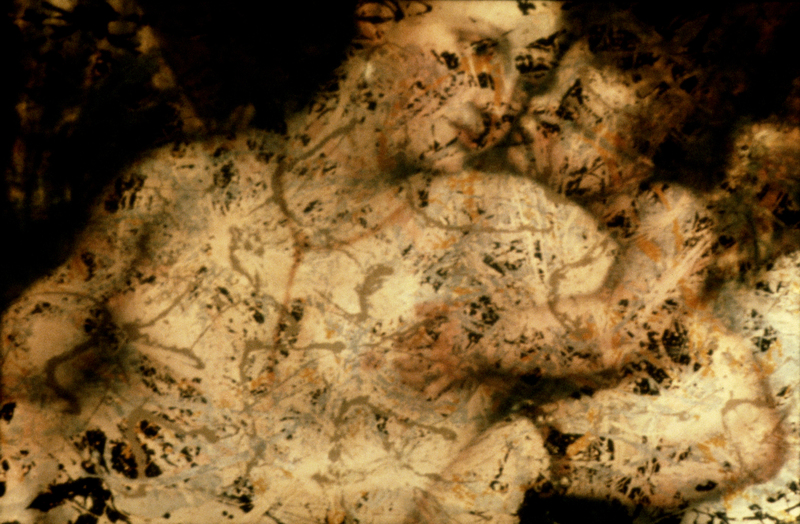Andrea Fraser, "What do I, as an artist, provide?"
SE 3
Since the mid-1980s, Andrea Fraser has achieved a certain renown for her work in critiquing institutions and dramatizing the relationship between art and its audiences. Influenced by feminism, psychoanalysis, appropriation, and site-specificity, Fraser's practice has often centered on sociological performance and discursive analysis of various art world positions: the docent, the curator, the visitor, the dealer, the collector, the critic, the art historian, and, as the title of this exhibition suggests, the artist.
Fraser is associated with what might be called a "third generation" of practitioners of institutional critique, a practice that emerged in the late 1960s and early 1970s in reaction to the growing commodification of art and the prevailing ideals of art's autonomy and universality. Closely related to conceptual and site-specific art, institutional critique is concerned with the disclosure and demystification of how the artistic subject as well as the art object are staged and reified by the art institution. Fraser's work is differentiated from a first wave of critical practitioners -- Michael Asher, Daniel Buren, Marcel Broodthaers, Hans Haacke -- in that she treats the institution as a set of positions and social relations rather than a physical site in which institutional power can be clearly located. Her practice answers to a more profoundly sociological model than the phenomenological and spatial models proffered by her predecessors. Fraser's earliest works emerged out of 1980s appropriation art as represented by the work of Sherrie Levine, Allan McCollum, and Louise Lawler, among others, yet she extends this gesture to include not only the appropriation of objects, images, and texts, but also positions and functions.
In an era marked by the rise of the corporate mega-museum and the global art market, this Focus show examines the ways in which Fraser continues to provocatively negotiate the contradictions and complicities inherent in contemporary manifestations of institutional critique. The exhibition was initially inspired by the Kemper Art Museum's recent acquisition of two of Fraser's works, the video Little Frank and his Carp (2001), shot at the Guggenheim Museum in Bilbao, and a C-print Untitled (Pollock/Titian) #4 (2005). Works by the artist from the mid-1980s to the present will also be included, with special attention paid to the artists recent series of photographs exploring art historical representations through the use of appropriated imagery as well as her strategic implementation of video installation and projection.
Curated by Meredith Malone, curatorial intern, Andrea Fraser, "What do I, as an artist, provide?" is the second in the Museum's recently inaugurated Focus exhibition series, which explores a theme, a single work, or a group of works by a single artist from the permanent collection. The exhibition will be accompanied by an illustrated brochure.
Selected works

Andrea Fraser
Untitled (Pollock / Titian) #4
1984/2005
Andrea Fraser
Little Frank and His Carp
2001About the Artist
1965: born in Billings, Montana
1982-84: School of Visual Arts, New York
1984-85: Whitney Museum of American Art Independent Study Program, New York
1985-86: New York University, New York
Andrea Fraser's work is exhibited in both the United States and internationally. She has had numerous solo exhibitions, including a mid-career retrospective, Andrea Fraser, Works: 1984 to 2003, organized by the Kunstverein, Hamburg, in 2003, and a survey of her video work presented by the Belkin Art Gallery, University of British Columbia, in 2002. Fraser's work is in public collections worldwide, including the Centre Georges Pompidou, Paris; Museu d'Art Contemporani, Barcelona; Museum of Modern Art, New York; National Gallery, Berlin; and Tate Modern, London. She was a founding member of the feminist performance group, The V-Girls (1986-96); the project-based artist initiative Parasite (1997-98); and the cooperative art gallery Orchard (2005-present). In 2005, the MIT Press published Museum Highlights: The Writings of Andrea Fraser. The artist recently relocated from New York to California to join the art faculty of the University of California, Los Angeles.